Exploring the Different Types of Discontinuities
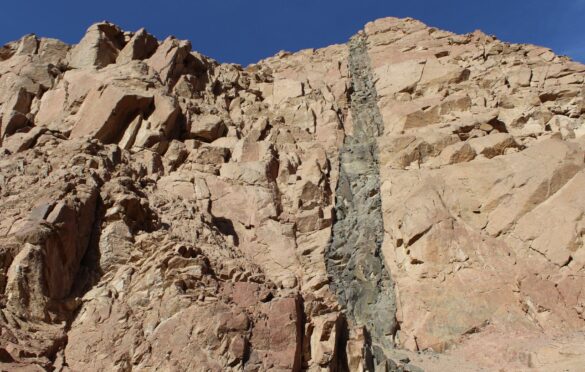
In the fascinating world of geology, the Earth’s crust is a canvas painted with a myriad of intricate features and structures. These features, known as discontinuities, unveil the geological history, processes, and forces that have shaped our planet over millions of years.
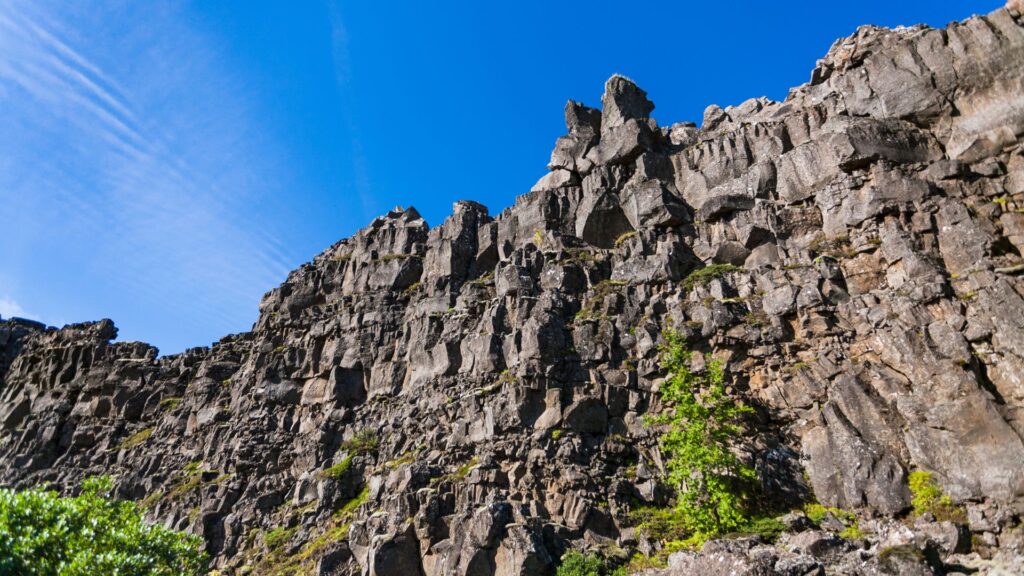
From the subtle to the profound, discontinuities encompass a range of formations that significantly influence the behavior and characteristics of rock masses. Among these geological marvels, several prominent types of discontinuities emerge, each with its distinct characteristics and significance. In this exploration (Types of Discontinuities), we delve into the captivating realm of joints, bedding planes, lamination planes, foliation planes, lithological contact surfaces, and faults.
As we embark on this journey, we’ll uncover the secrets behind these discontinuities, unraveling their role in shaping landscapes, influencing rock mechanics, and providing a deeper understanding of the Earth’s dynamic processes. Join us as we navigate through the geological tapestry, unveiling the diverse and compelling world of types of discontinuities.
1. Joints
Joints of Tectonic Origin
Joints that are associated with tectonic activities, such as folds and faults, fall under this category. When rocks experience immense pressure and stress due to tectonic forces, they may fracture along specific planes. Joints associated with folds often exhibit a distinctive arrangement (see Figure 1), reflecting the intricate geological processes that shaped them. On the other hand, joints linked to faults tend to be parallel to the fault surface, with their frequency decreasing as they move farther away from the fault line.
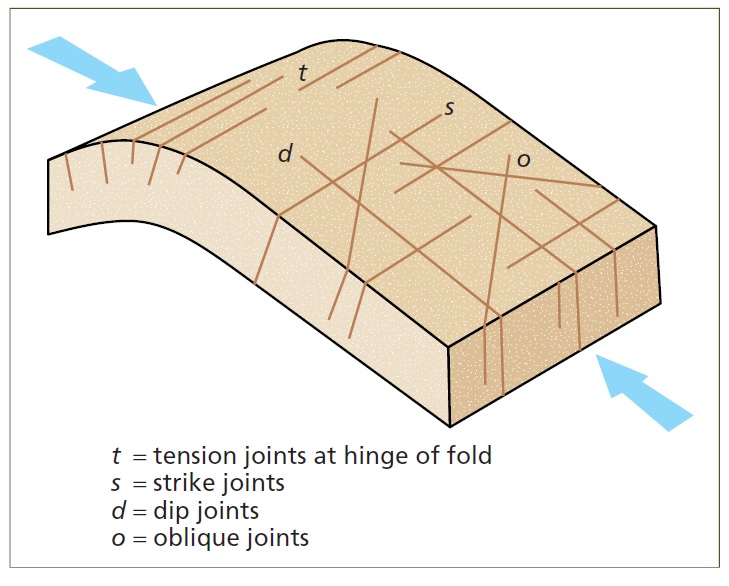
Joints in Igneous Rock
Igneous rocks, formed from the cooling and solidification of molten material, can also display joints. These joints result from the contraction of the igneous body during or after its emplacement. A remarkable characteristic of these joints is their arrangement in three mutually orthogonal sets. An illustrative example of such joints is the columnar jointing found in basaltic lavas (see Figure 2). This unique pattern arises from tensile cracking during the cooling process.
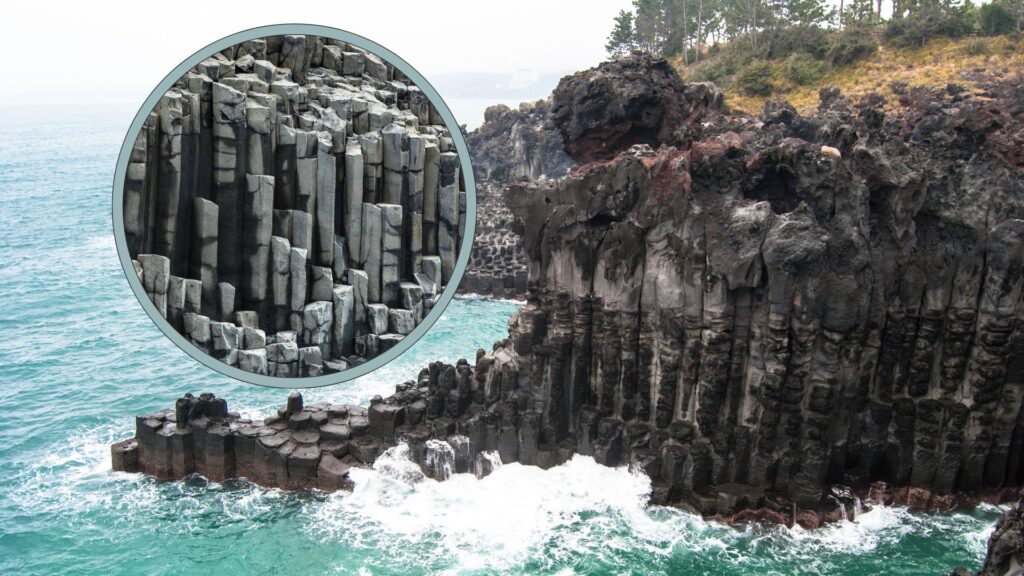
Relaxation Joints
Relaxation joints emerge as a consequence of a reduction in the lithostatic load on a rock mass. These joints are generally oriented subparallel to the topographic surface and exhibit a decrease in frequency with depth. The geological forces at play here highlight the dynamic nature of Earth’s processes and how they shape the rock mass over time.
2. Bedding Planes
Definition and Characteristics
Bedding planes are fundamental discontinuities that define the surfaces between individual beds in sedimentary rocks. As depicted in Figure 3, these planes mark the boundaries between layers that have distinct sedimentary compositions and depositional histories.
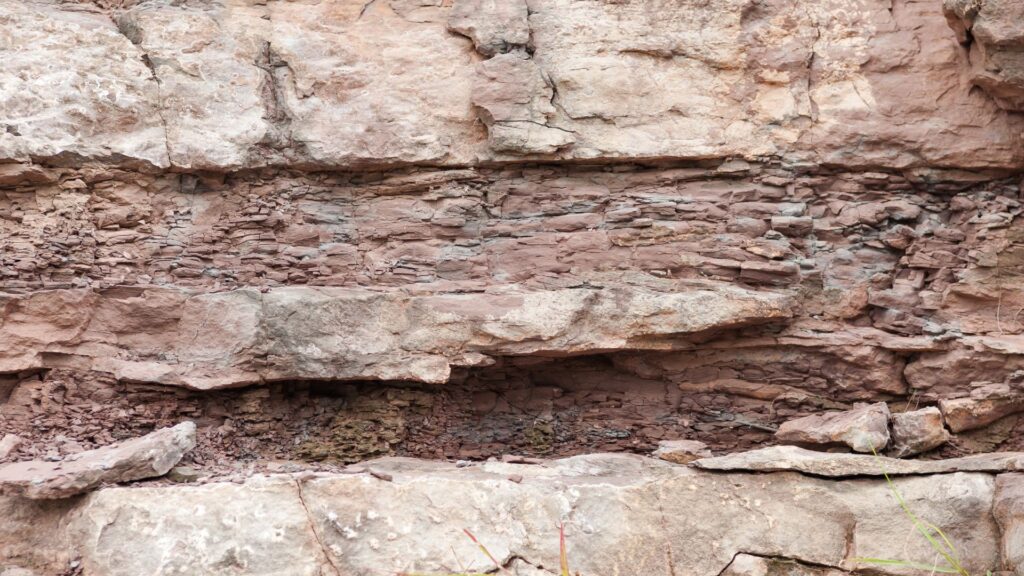
Spacing and Extent
Bedding planes exhibit a systematic pattern that spans across vast geological areas. Their spacing varies, typically ranging from a few centimeters to several meters. The spacing provides vital information about the rate of sediment deposition and the geological processes that shaped the rock formation.
3. Lamination Planes
Understanding Lamination
Lamination planes are systematic discontinuities found within sedimentary rocks. These planes separate the layers or smallest megascopic levels in the sedimentary sequence, as seen in Figure 4. Lamination offers insights into the sedimentary environment and the subtle changes that occurred over time.
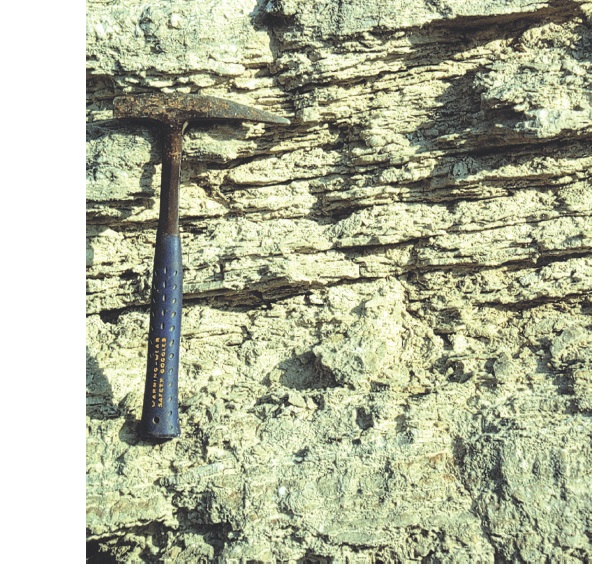
Characteristics and Significance
Lamination planes are particularly prominent in fine-grained rocks where the layering is more pronounced. The spacing between these planes is significantly smaller, measuring only a few millimeters or centimeters. This close spacing indicates intricate sedimentary conditions and potentially rapid changes in the depositional environment.
4. Foliation Planes
Unraveling Foliation
Foliation planes are a result of tectonic forces that have caused significant deformation in rocks. These planes are oriented perpendicular to the maximum compressive stress during their formation. Figure 5 illustrates the development of foliation in rocks subjected to tectonic pressures.
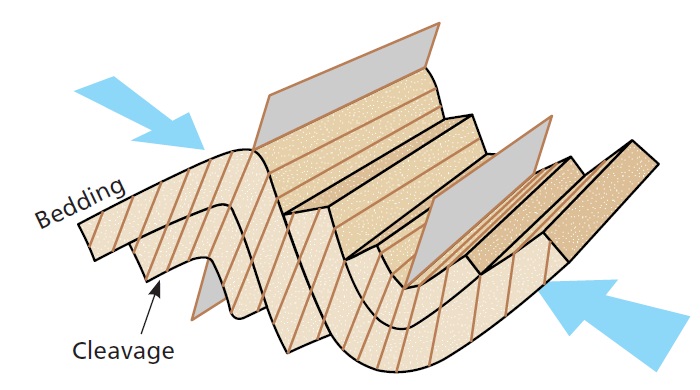
Influence of Grain Size
The grain size of the rock plays a vital role in the formation of foliation planes. Smaller grains are more conducive to the development of systematic discontinuities, leading to higher frequencies and millimetric spacing between foliation planes.
5. Defining Lithological Contact Surfaces
Lithological contact surfaces represent the boundaries between distinct lithologies within a rock mass. They signify the transition from one type of rock to another, often showcasing variations in mineral composition, texture, and sedimentary characteristics. These contact surfaces provide valuable insights into the geological history of an area and the processes that have shaped the rock formations over time.
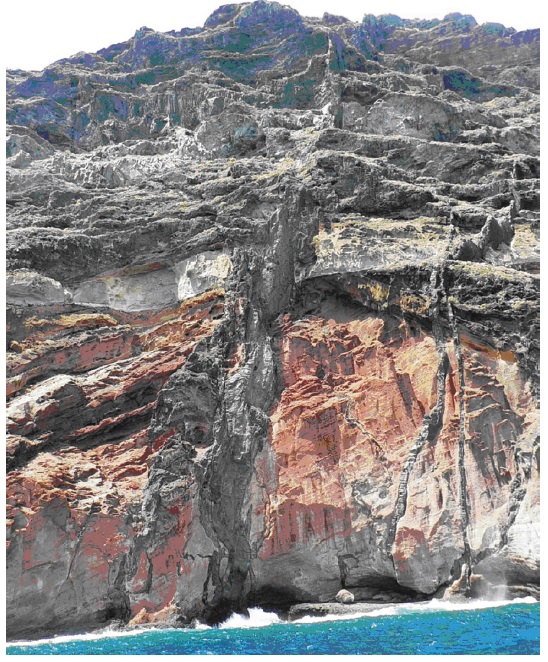
(cliff height: 100 m).
Importance in Sedimentary Rocks
In unfolded sedimentary rock formations, lithological contact surfaces may appear less significant in comparison to other discontinuities. In such cases, they are commonly regarded as bedding planes. Bedding refers to the layering of sedimentary rocks over time, which can be observed as distinct horizontal bands in rock exposures.
6. Faults
Faults: Singular Displacements within the Earth’s Crust
Faults represent one of the most conspicuous types of geological discontinuities. They are essentially fracture planes along which blocks of the Earth’s crust have moved relative to each other. This movement can occur in various directions, resulting in different fault classifications. The study of faults provides valuable insights into the Earth’s tectonic history and deformation patterns.
Understanding Relative Displacement
Faults are characterized by the relative displacement between adjacent blocks of rock. This displacement can be horizontal, vertical, or oblique, depending on the forces that led to the fracturing. The movement along fault planes can range from subtle millimeters to substantial kilometers, contributing to the Earth’s dynamic evolution.
Visualizing Faults
A visual representation of faults can be observed in Figure 7, illustrating the distinct separation between rock blocks caused by faulting. These fractures serve as windows into the Earth’s past, allowing geologists to decipher the forces that have shaped the landscape over millennia.
Classifying Faults: Unraveling Geological Complexity
Faults exhibit a remarkable diversity in their characteristics and behavior. Geologists have devised classification schemes to categorize faults based on various criteria. Understanding these classifications is essential for interpreting the geological history of a region accurately.
Based on Displacement
Faults can be classified based on the direction and nature of the displacement they exhibit:
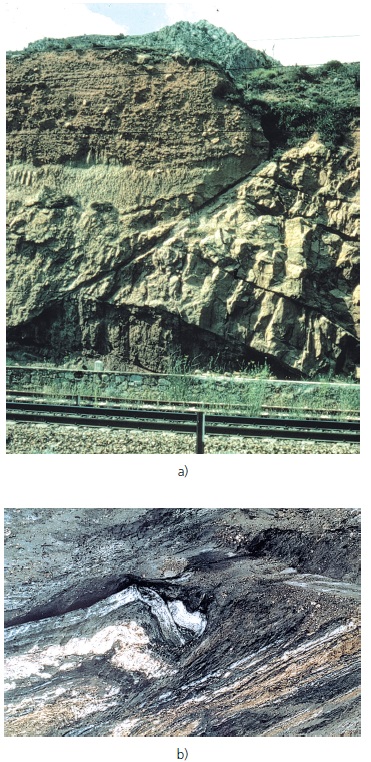
Normal Faults
Normal faults are characterized by vertical displacement, where the hanging wall moves downward relative to the footwall. These faults often form in extensional tectonic environments, such as divergent plate boundaries or continental rift zones. The movement along normal faults facilitates the stretching and thinning of the Earth’s crust.
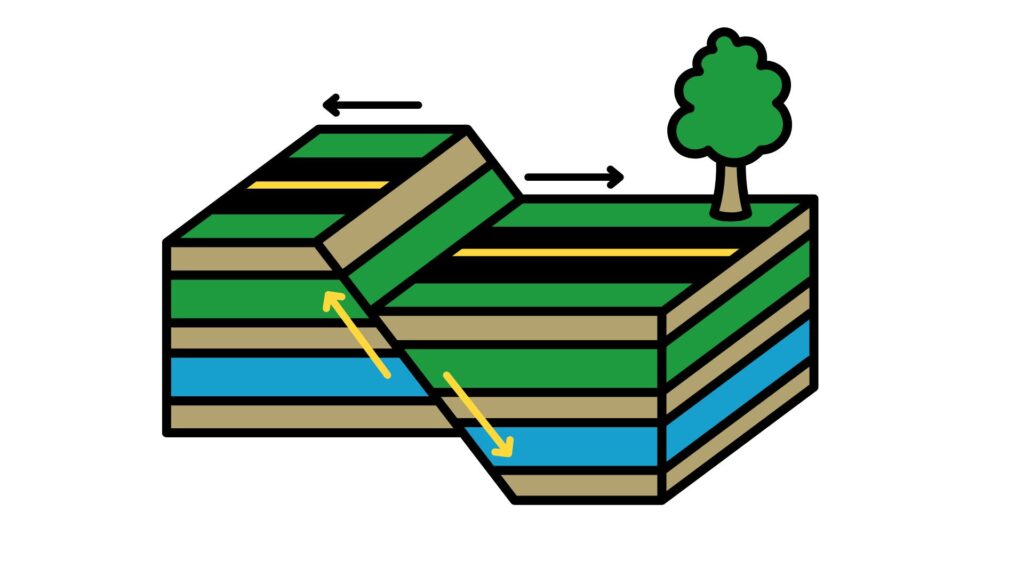
Reverse Faults
Reverse faults, also known as thrust faults, display vertical displacement in the opposite direction. Here, the hanging wall moves upward relative to the footwall. These faults typically form in compressional tectonic settings, where intense horizontal forces lead to crustal shortening and uplift.
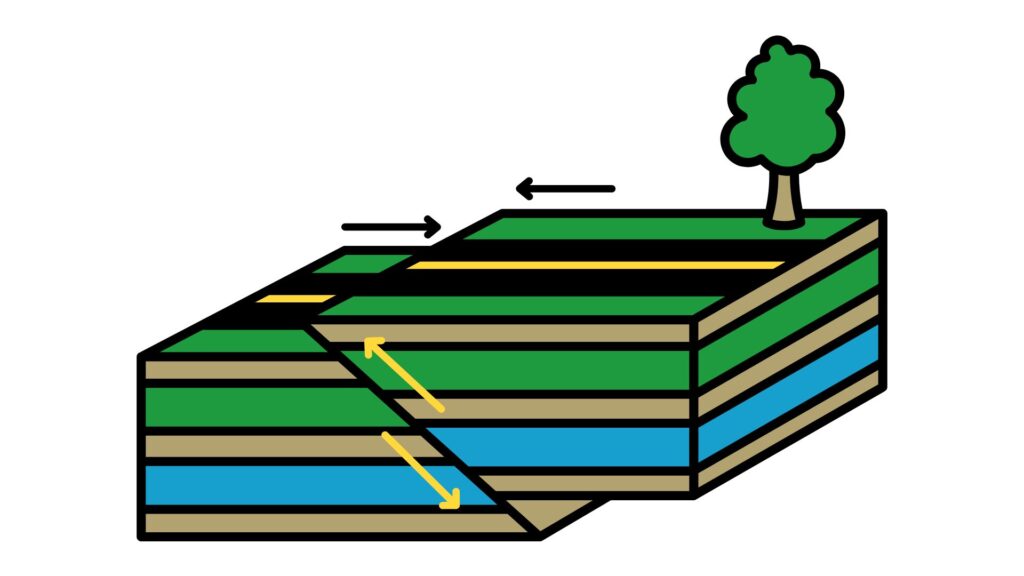
Strike-Slip Faults
Strike-slip faults primarily involve horizontal displacement along the fault plane. The movement is lateral, with minimal vertical displacement. Transform plate boundaries, such as the San Andreas Fault in California, exemplify this type of fault. The sliding motion along strike-slip faults accommodates the horizontal movement between tectonic plates.

Based on Geological Setting
Faults can also be classified based on the geological setting in which they occur:
Continental Rift Faults
Continental rift faults develop in areas where the Earth’s lithosphere is being pulled apart. These faults contribute to the formation of rift valleys and new ocean basins. The East African Rift is a prominent example of a continental rift zone, where the African Plate is undergoing splitting.
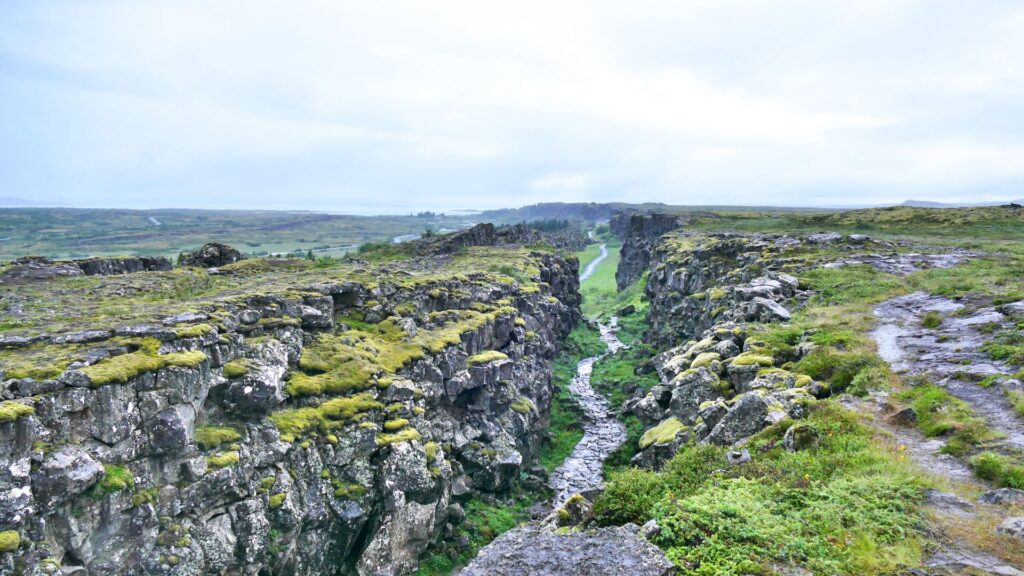
Subduction Zone Thrust Faults
Subduction zones are characterized by the convergence of tectonic plates, with one plate being forced beneath another in a process known as subduction. Thrust faults in subduction zones are responsible for powerful megathrust earthquakes and the formation of deep-sea trenches.
Transform Faults
Transform faults occur along transform boundaries, where two tectonic plates slide past each other horizontally. These faults are often associated with significant seismic activity, as the friction between plates is overcome to allow lateral movement. The aforementioned San Andreas Fault exemplifies a transform fault.
Geological Significance of Faults: Beyond the Surface
Faults hold immense geological significance, providing a glimpse into the Earth’s history and ongoing processes. These disruptions play a crucial role in various geological phenomena:
Faults and Earthquakes
Faults are closely linked to earthquakes, which occur due to the sudden release of accumulated stress along fault planes. The movement of rocks along a fault releases seismic energy, resulting in ground-shaking tremors. The study of faults contributes to the understanding of seismic hazards and the assessment of earthquake risks in different regions.
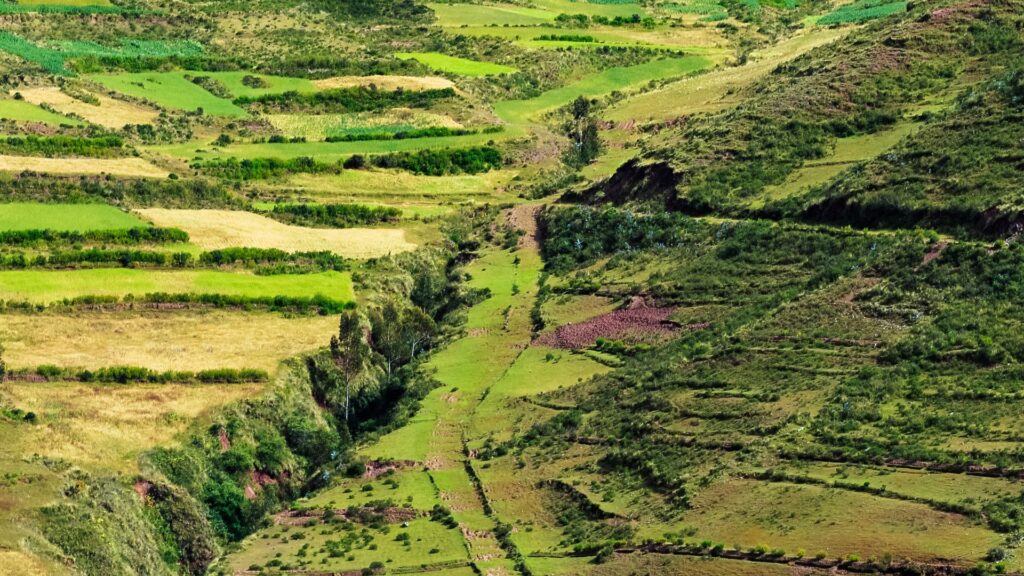
Faults as Fluid Pathways
Faults can serve as conduits for the movement of fluids within the Earth’s crust. The fractures created by faulting can act as pathways for groundwater flow, facilitating the transport of minerals and influencing hydrogeological processes. Additionally, fault zones can trap and accumulate valuable resources like petroleum and natural gas.
Tectonic Evolution
The analysis of faults provides insights into the tectonic evolution of a region. By studying the orientation, displacement, and relationships between faults, geologists can reconstruct the history of tectonic movements, mountain-building processes, and the opening and closing of ocean basins.
